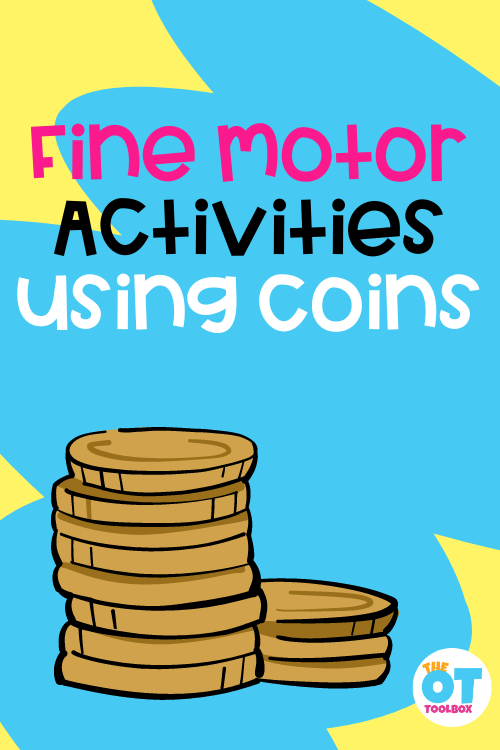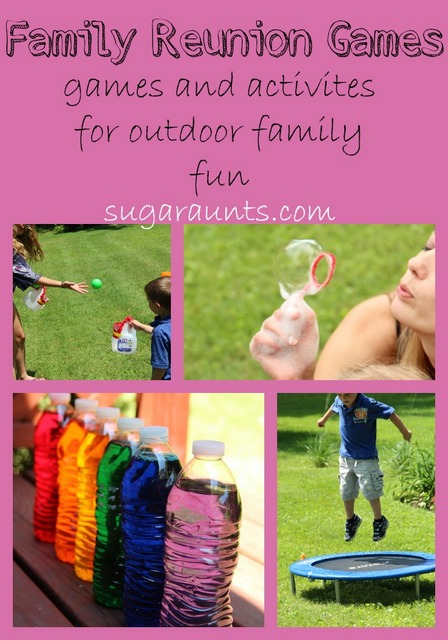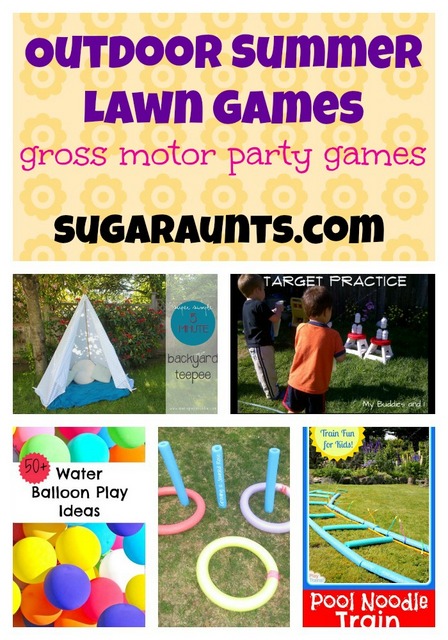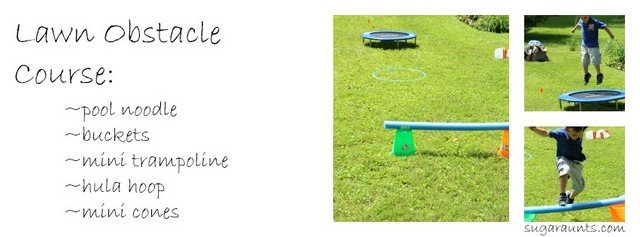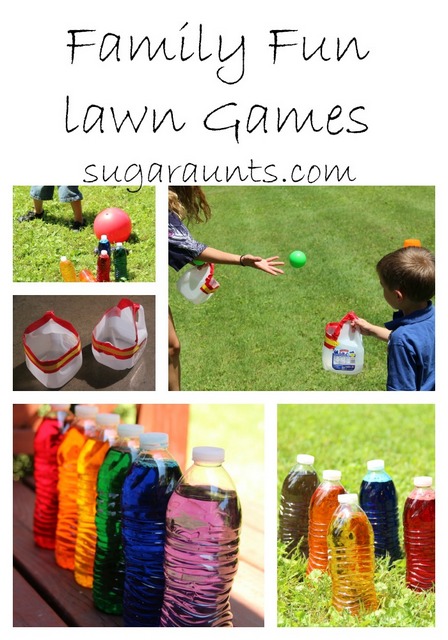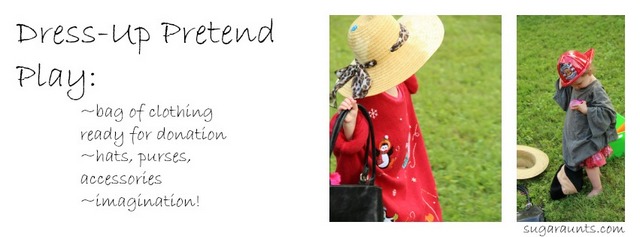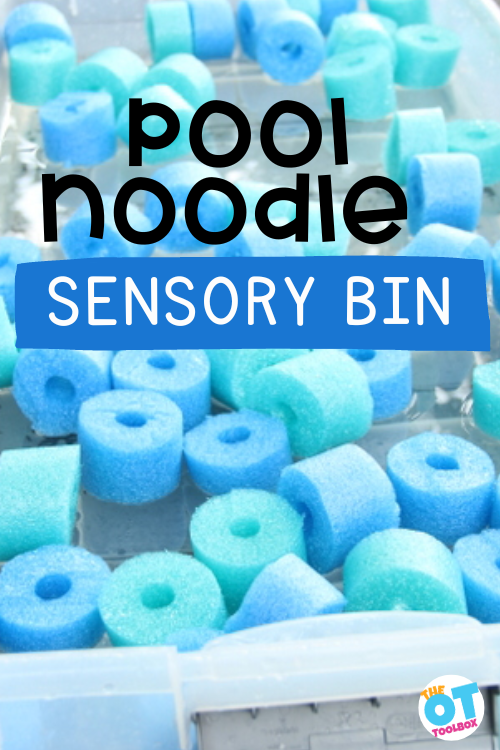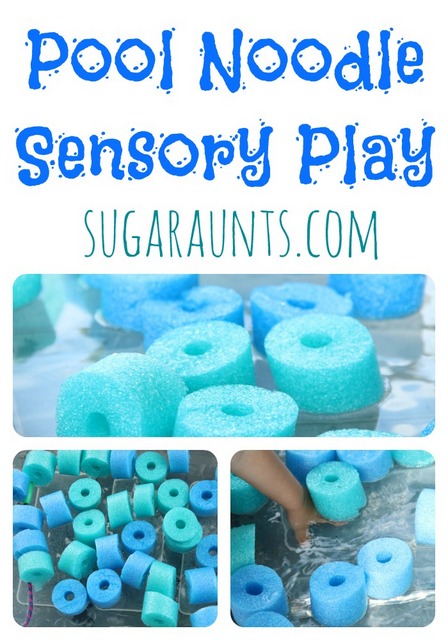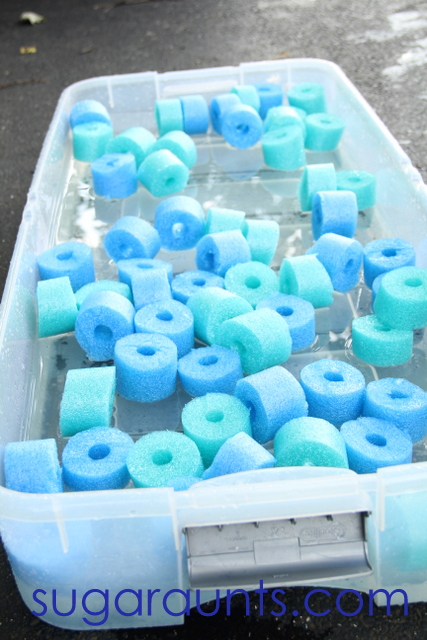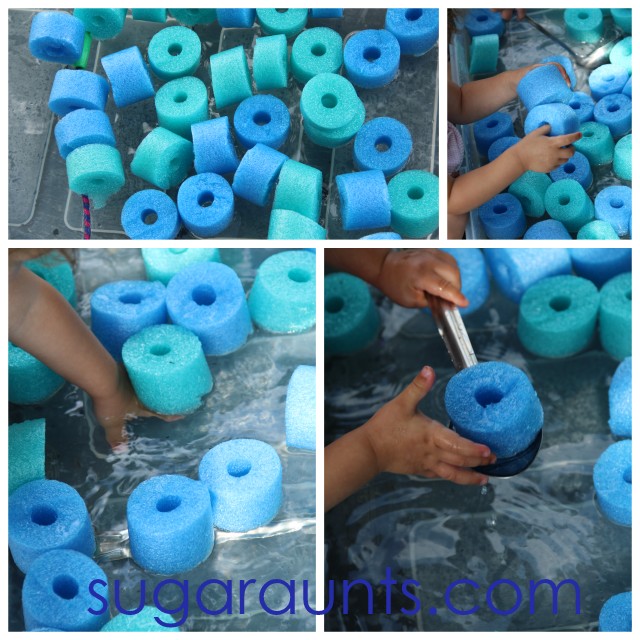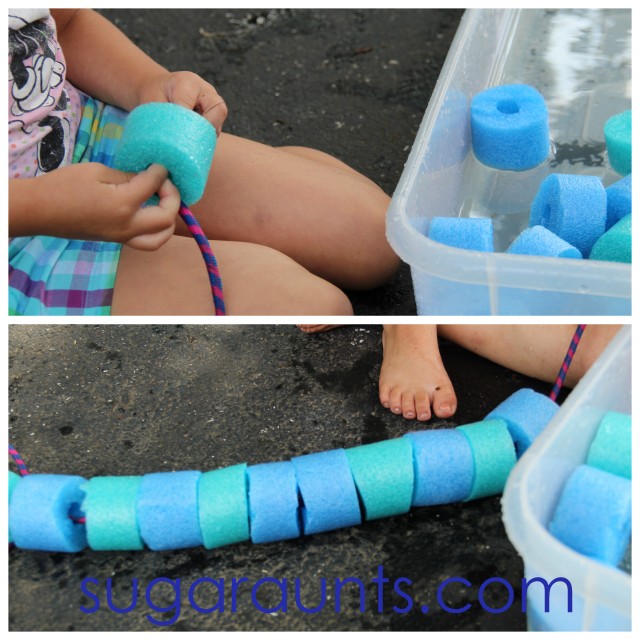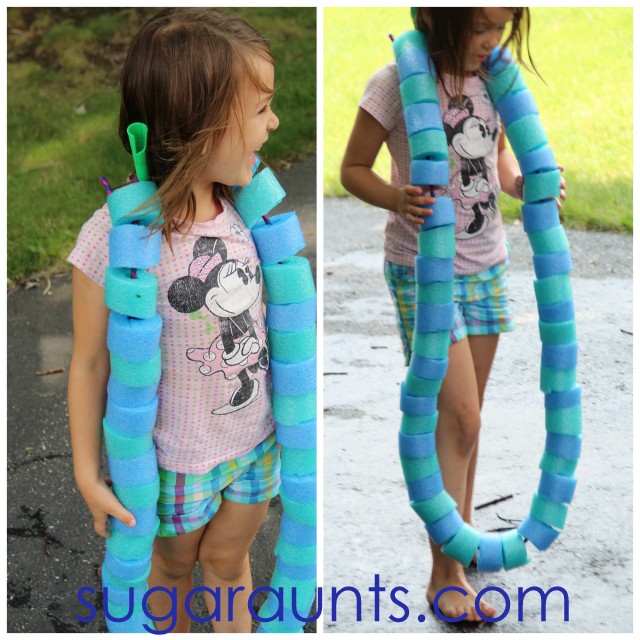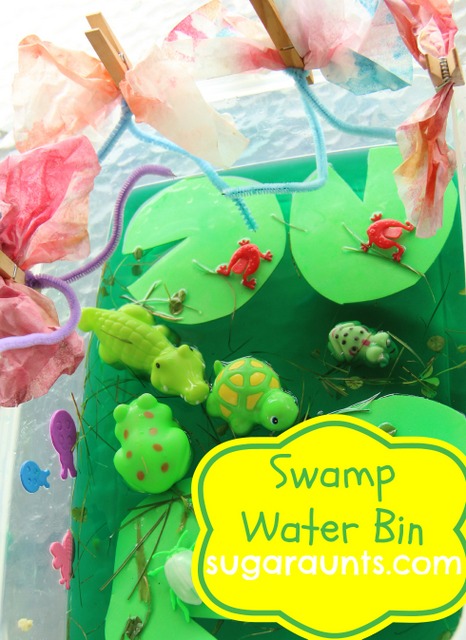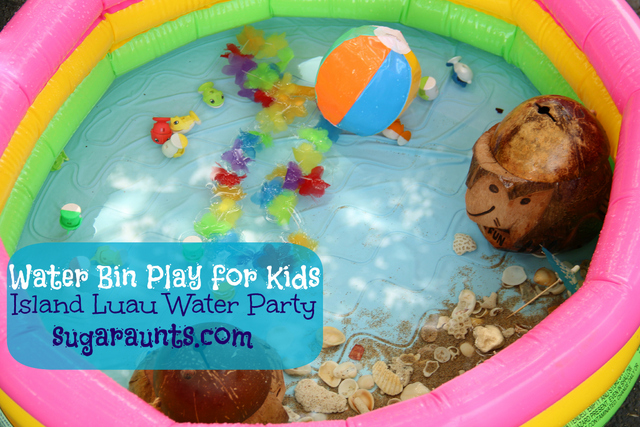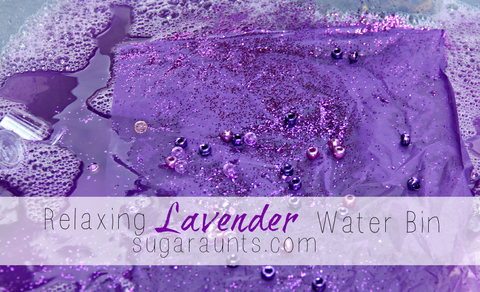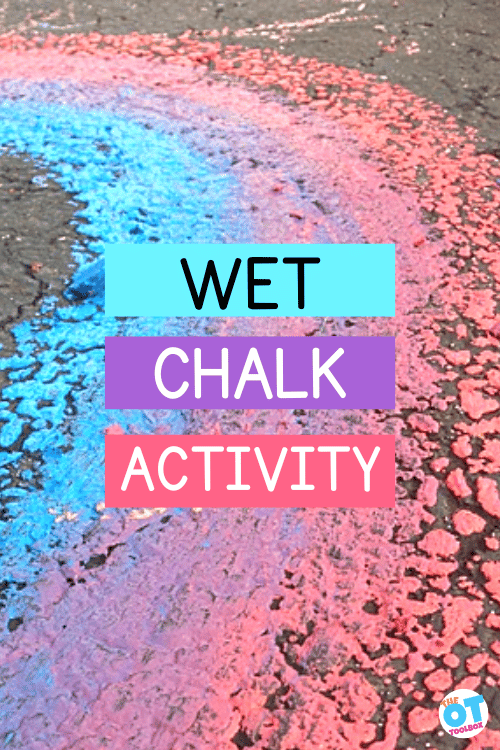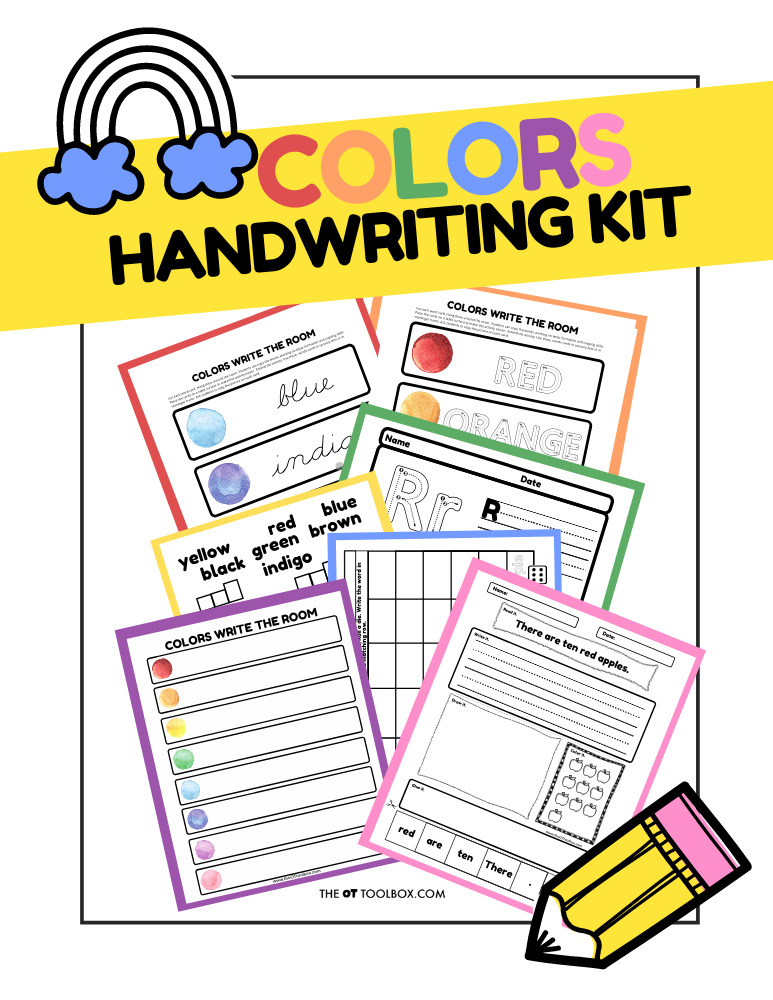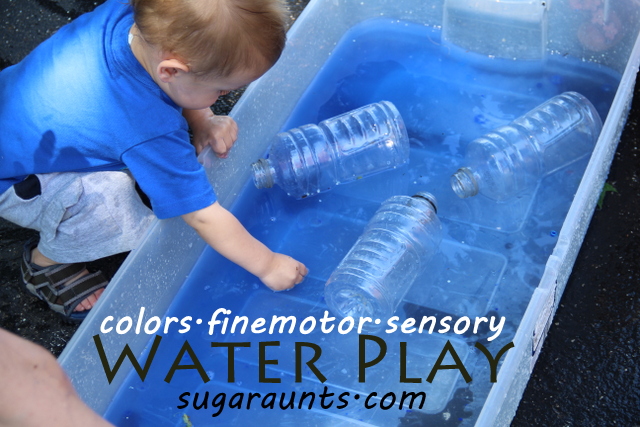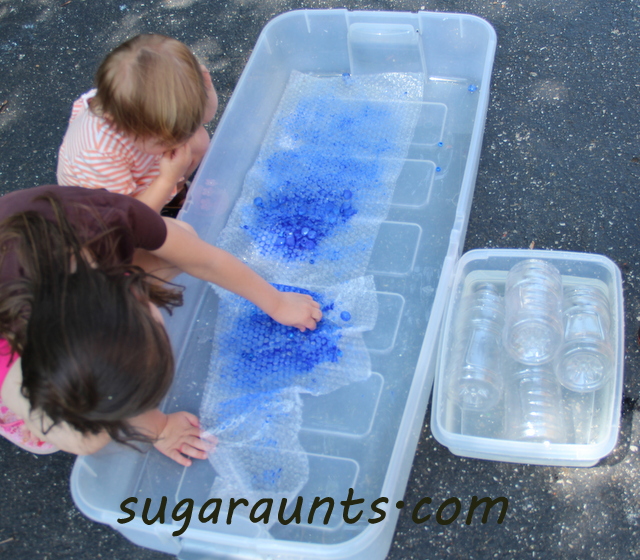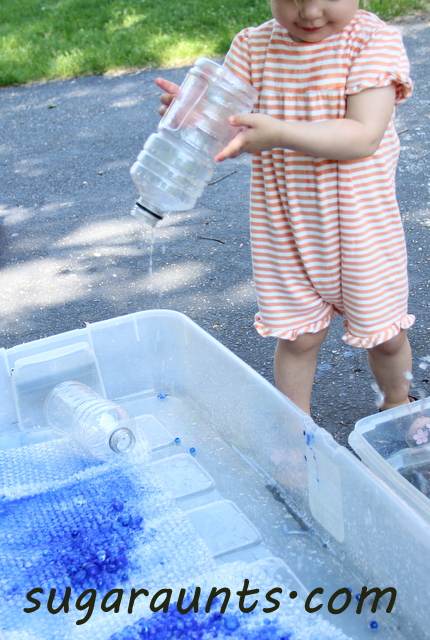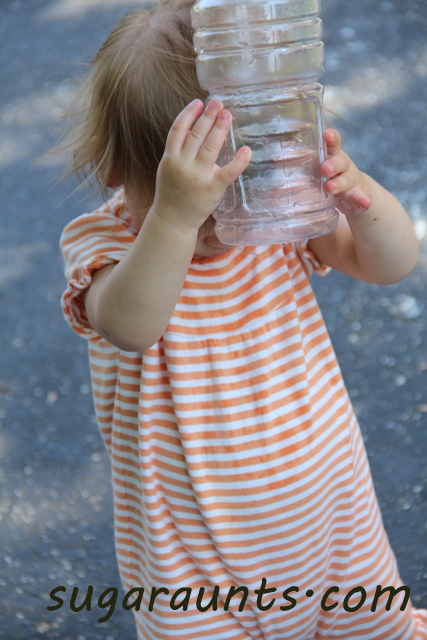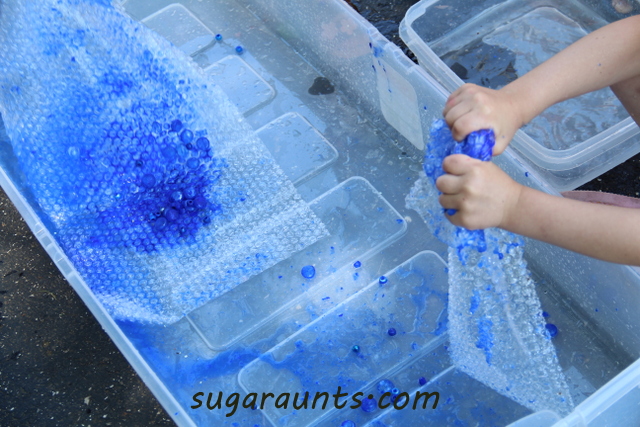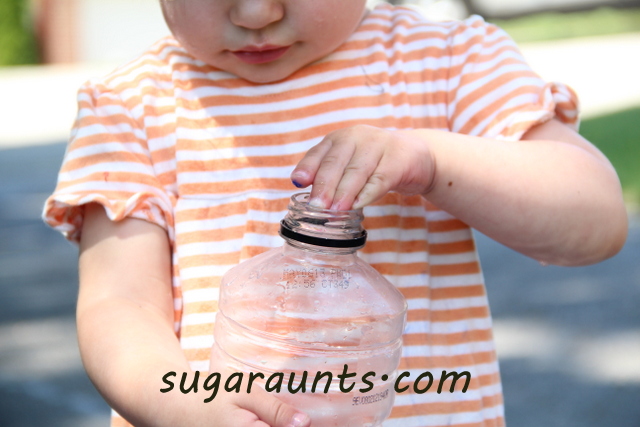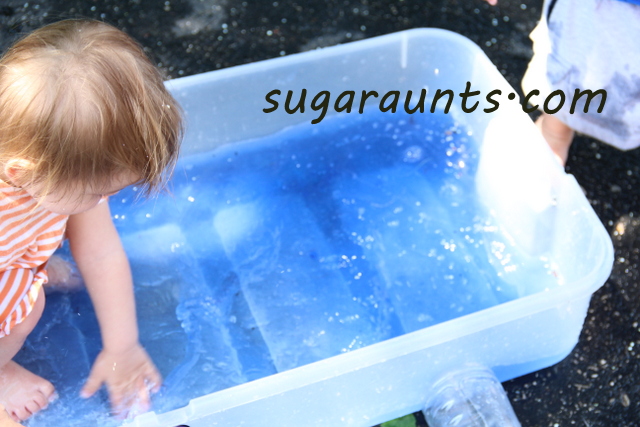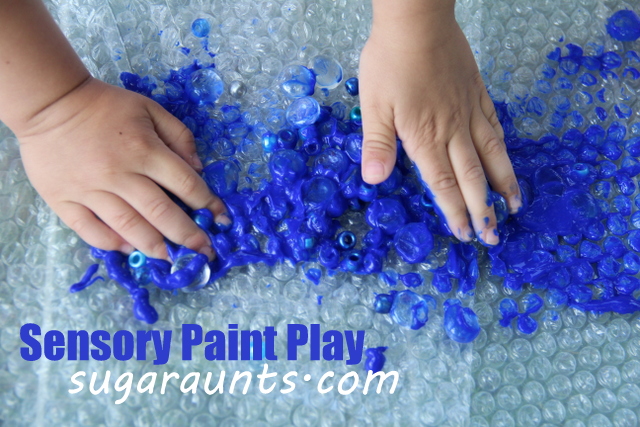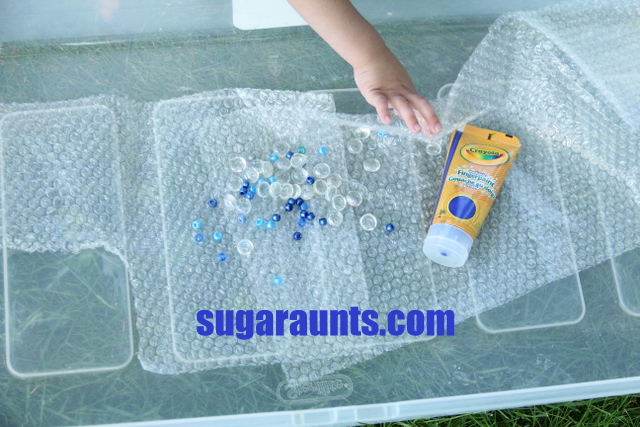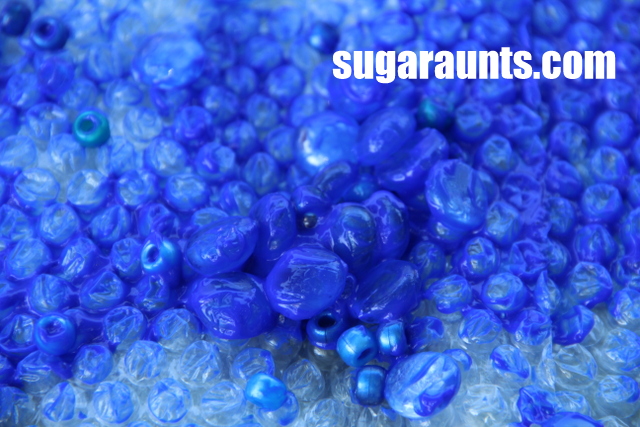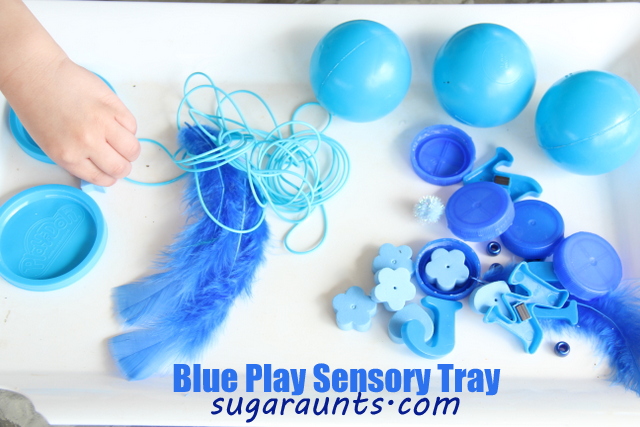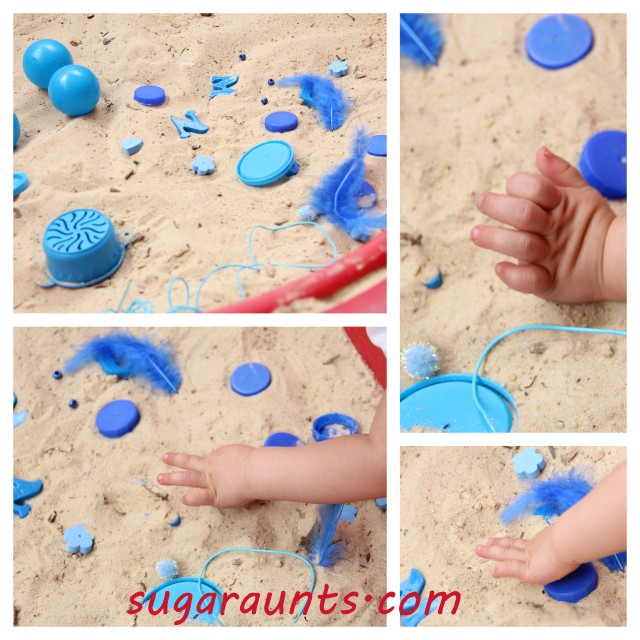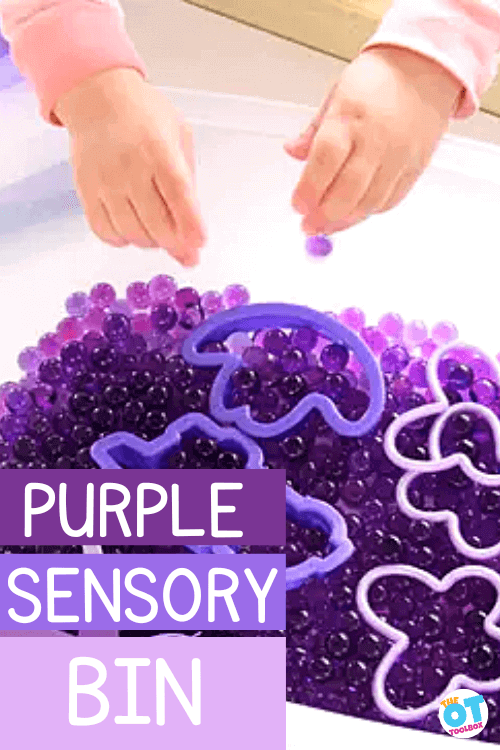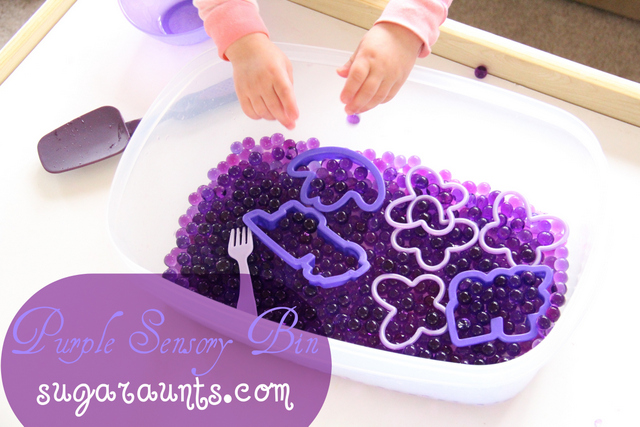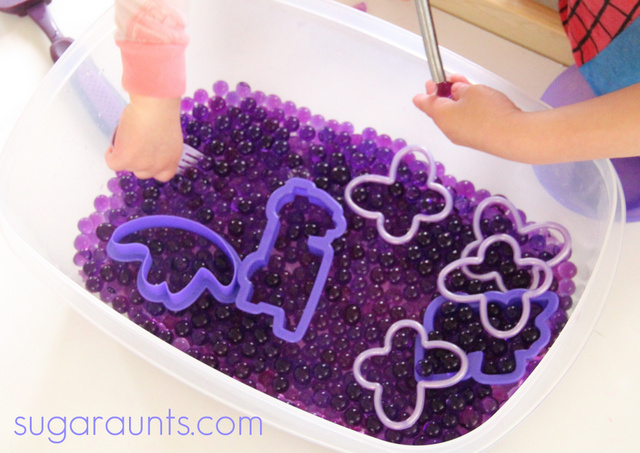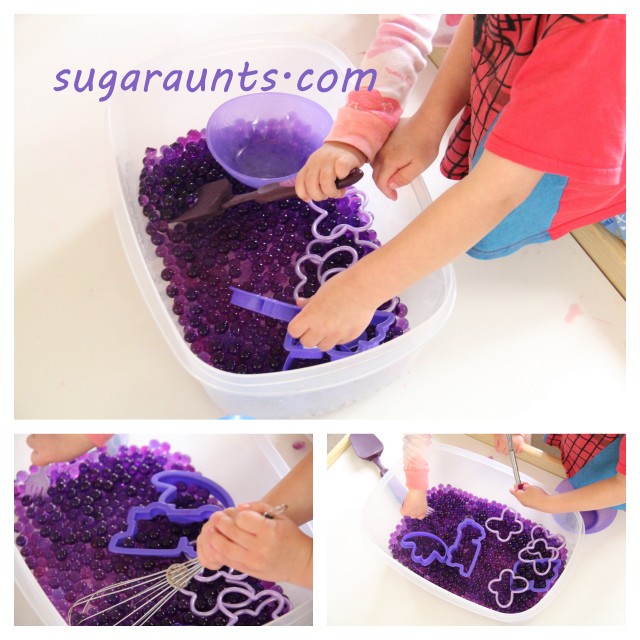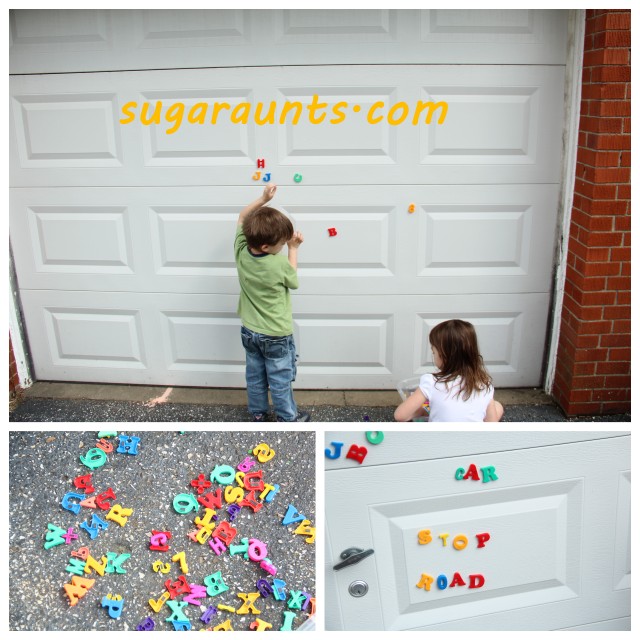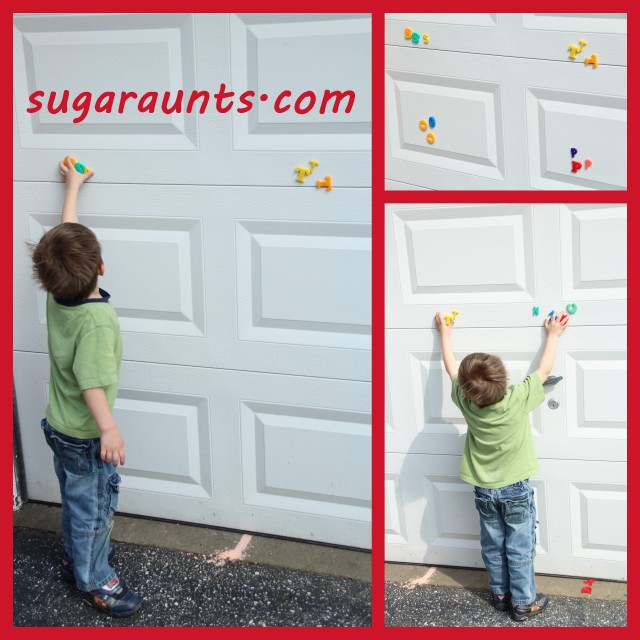This pool noodle sensory bin is a water bin activity that uses one item…a dollar store pool noodle! We love the therapeutic benefits of ball pit activities, and using pool noodles cut into pieces is an inexpensive option with sensory benefits. This is a pool noodle game and a great summer activity for building skills in coordination and motor skills through water play and pool noodles! This might be one of our favorite easy sensory bin ideas because there are so many ways to boost creativity through a single material.
A pool noodle sensory bin can be used in outdoor sensory play, or as an indoor DIY sensory ball pit.
Pool Noodle Sensory Bin
A noodle sensory bin is a fun and creative way to encourage sensory exploration in children. One of the most versatile materials to use for a sensory bin is pool noodles, which can be found at most dollar stores or discount retailers like Dollar Tree or Dollar General. With a few simple steps, you can turn these pool noodles into a unique sensory play experience that your child will love.
This week’s theme was so much fun and EASY to throw together. We had a couple of pool noodles purchased from the Dollar Store that we used for our family reunion games (keep an eye out for the post on this!) These pool noodles were just asking to be played with!
How to make a Pool Noodle Sensory Bin
If you aren’t familiar with pool noodles, these floating pool noodles into sensory ball pit fillers is easy.
Pool noodles are buoyant so if you fill the sensory bin with water, they will float. However, you can make a dry ball pit as well, and they are a great foam filler that offers calming proprioceptive and tactile input.
You can typically find pool noodles at a dollar store and many other stores during the summer months. However, you can also get them on Amazon. (affiliate link)
Here’s a set of 20 pool noodles that can be cut into small sections to fill a
baby pool ball pit or any large container.
Making pool noodle sensory bin is very simple:
1. Use 2 pool noodles.
2. Cut the pool noodles into 2 inch slices using a sharp knife.
3. Place the cut pool noodles into a large bin. We used an under-the-bed storage bin.
4. Add water.
To set up a pool noodle sensory bin, you’ll need several pool noodles in different colors, textures, and sizes. You may also want to include some dollar store serving spoons or other utensils to help your child scoop and pour the sensory materials.
Start by cutting the pool noodles into small sections, using scissors or a serrated knife. The best way to cut pool noodles is to make sure they’re held securely and to use a sawing motion, rather than trying to slice straight through.
I cut up two pool noodles and added a couple of big serving spoons, slotted spoons, and a ladle for scooping fun. Baby Girl loved this. And of course got right in there in the water bin!
Thread a Pool Noodle
I added Big Sister’s jump rope for an extra large beading activity.
This was a great activity for large motor movements of both arms. With that huge string, and sliding the pool noodle “beads” down the rope, this really got the arms going in whole body motions.
This gross motor body motion and repetitive movements in a novel manner help brains develop new neural connections and long term learning abilities.
Not only that, threading the “beads” onto the jump rope was great for fine motor manipulation and bilateral hand control (bilateral coordination).
We did a nice pattern and had to grab the correct color as it floated along in the water bin. Reaching for and grabbing the intended color object in the water develops hand-eye coordination skills. (Eye-hand coordination!) So much learning and SO much fun!
Big Sister thought her super-sized necklace was pretty cool!
This water bin was perfect for a hot and muggy afternoon. Have you been doing any fun water play this summer?
You may also enjoy other water sensory bin ideas:
More ways to Play with a Pool Noodle Sensory Bin
You can use the cut up pool noodles again and again in other sensory bin activities. Add them to a dry sensory bin, too. One idea we love is to use dry rice or dry beans, or even shredded paper sensory bins as a base for hiding and finding objects like the cut up pool noodles.
You can use anything from sand and water to rice and beans as a sensory bin filler for the base for your sensory bin. Then, add the pool noodle sections on top of the base material.
Encourage your child to explore the different textures and colors of the pool noodles and to use their imagination to come up with new ways to play. Use tongs to grab the pool noodles for building hand strength, too.
One fun activity you can do with a pool noodle sensory bin is to create an occupational therapy obstacle course using the noodles. Stack them up into towers or weave them in and out of each other to make a fun and challenging course for your child to navigate. You can also use the pool noodles to practice counting or sorting by color.
If you’re looking for a bigger sensory experience, consider using an extra large pool noodle to create a sensory pool noodle tunnel. Simply cut a pool noodle in half lengthwise, and then cut off one end at an angle. This will create a tunnel that your child can crawl through and explore. You can also fill the tunnel with other sensory materials, like soft fabric or foam blocks, to make it even more engaging.
Overall, a pool noodle sensory bin is a fun and budget-friendly way to encourage sensory play in children. By using inexpensive materials from the dollar store, you can create a unique and engaging play experience that will stimulate your child’s senses and foster their creativity. Whether you’re setting up an obstacle course, building towers, or crawling through a sensory tunnel, there are endless ways to play with a pool noodle sensory bin. So grab some pool noodles and get ready to dive into a world of sensory exploration and fun!


